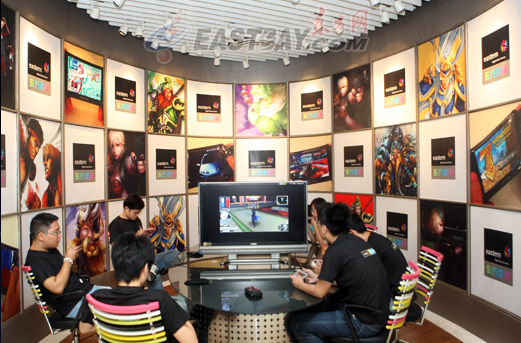Digital Culture Notes (First of a series)
 Monday, May 31, 2010 at 2:32PM
Monday, May 31, 2010 at 2:32PM 
Recently, I have been thinking about the material nature of digital culture, perhaps best exemplified by the Web and its intensely spatial nature. The Internet is often understood by imagining or visualizing a vast lattice of lines connecting across the globe. Of course, lattice works are by their very nature architectural, points in space connected by technologies, the built environment. At the same time as it creates the possibility of virtual interaction, the Internet is also very material. This materiality comes from the wires, servers, buildings and routers that form and shape the experiences of interaction without being in the foreground.
Web pages are designed using boxes for texts and images. The underlying HTML code for the Web is hidden but the manner in which a web page draws content from servers is visible every time we click. Writing for web pages is a material practice. The immateriality of computer screens is offset by the concrete nature of keyboards and mice. The iPad for example, is an object, although probably one of the most powerful objects I have ever held. The iPad hovers between its physical presence and the intense manner in which one’s eyes are drawn into its images, into the screen based worlds of games and photographs. Apps reach out from the screen into our daily lives either organizing our time or allowing us to write on glass enclosures. Software is written and tested within a material universe of employment and job pressures including sometimes unreasonable expectations of productivity.
The aerials that make Wi-Fi possible are produced in factories as are Apple computers. The assembly line in a computer factory looks like something out of the 19th century. Some of the most exotic minerals in the world are needed to make our computers and their screens work correctly. Many of those minerals are found in China and Africa. More often than not the working conditions for extraction and processing are terrible.
Materiality is not something that disappears because we now have so ways in which to experience the world through virtual means. One of the criticisms about human relations on the Internet is that because distance plays a significant role, it is likely that there is something very superficial about the communications process. It is true that the Internet makes communications across varying distances not only possible, but as with Facebook, promotes interactions that are not face to face. And, there are dangers in living a life in front of a screen. Just as there were dangers in spending too much time on the telephone or watching too much television. There is nothing inherent to the technology that sustains the manner in which it is used. There is something in the technology that attracts use from that material universe of people and communities.
The environments we share have never been pristine and civilizations have been built on the interactions between humans and their technologies.


![Reblog this post [with Zemanta]](http://img.zemanta.com/reblog_e.png?x-id=a79be2fa-167d-4fff-8b32-f83796750368)

Reader Comments